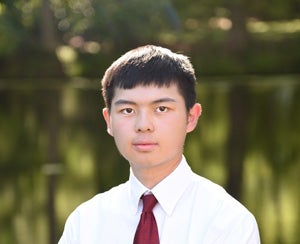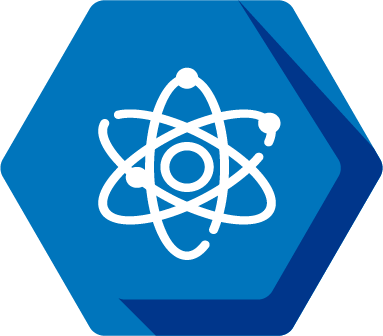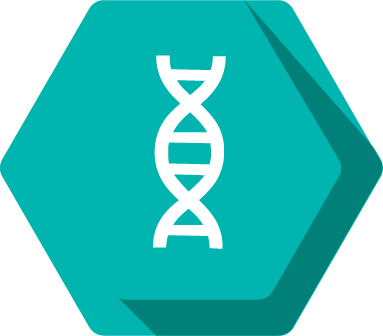Kevin Cheng

Pronouns: He/Him/His
Research Mentor(s): Peter Scott, Associate Professor
Research Mentor School/College/Department: Nuclear Medicine/Radiology, Michigan Medicine
Presentation Date: Thursday, April 22, 2021
Session: Session 3 (1pm-1:50pm)
Breakout Room: Room 15
Presenter: 5
Abstract
Positron Emission Tomography, commonly known as PET imaging, is a noninvasive, rapid, and accurate imaging system that tracks the distribution of a radioactive tracer. There are many strategies to incorporate radioactive nuclides into tracers for PET imaging, with the most prevalent approach being radiofluorination”” the incorporation of the radioactive nuclide 18F into a bioactive molecule. One of the most common ways of incorporating 18F into substrates is nucleophilic aromatic substitution (SNAr); however, this approach suffers from harsh conditions, exotic leaving groups, and unpredictability, thereby limiting the ease and broad use of this procedure. Herein, a predictive machine learning model will be developed for SNAr using nucleophilic 18F, allowing for prediction of radiochemical yields given a certain set of reaction conditions. An appropriate data structure for machine learning was constructed by encoding literature substrates and conditions. This involved DFT (density function theory) calculations using Gaussian09 to create an optimized structure and determine quantifiable properties, such as HOMO and LUMO energies, steric hindrance, and NMR data. However, due to the time requirements needed to assemble the data set, no concrete results have been produced as of yet. Using this data set, regression models will be generated via several machine learning algorithms in Python, ranging from simple linear models to more complex decision tree and neural network models. The project hopes to build a successful model that will allow for the prediction of radiochemical incorporation given a substrate and reaction conditions. This model may then be validated through further experimentation and generalized to a wider variety of substrates via strategic experiment selection.
Authors: Kevin Cheng, Eric Webb, Peter Scott
Research Method: Laboratory Research








